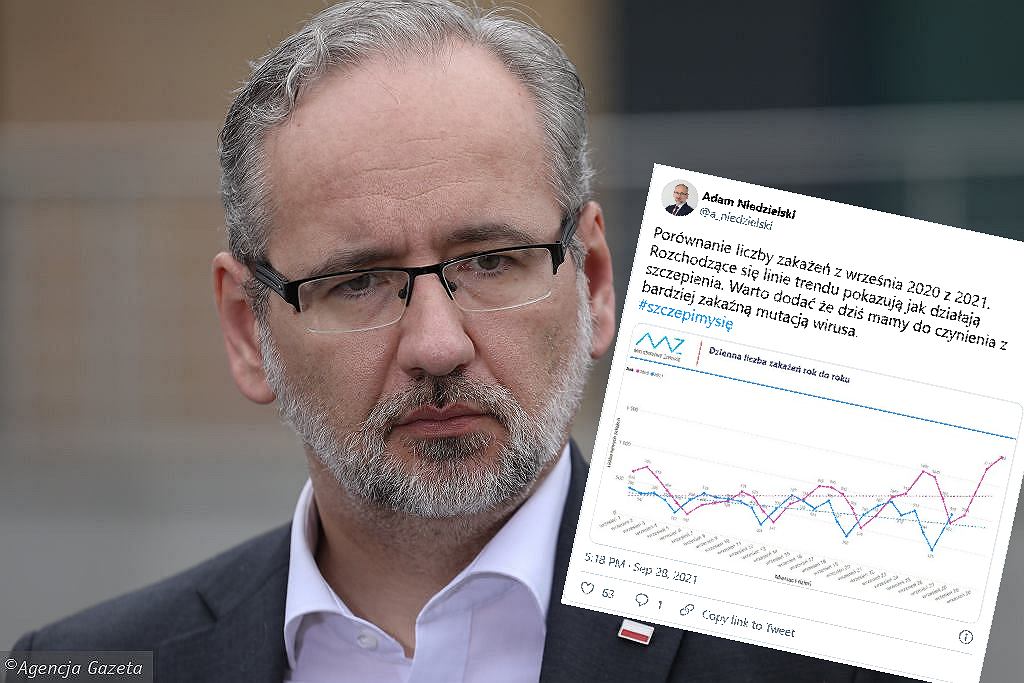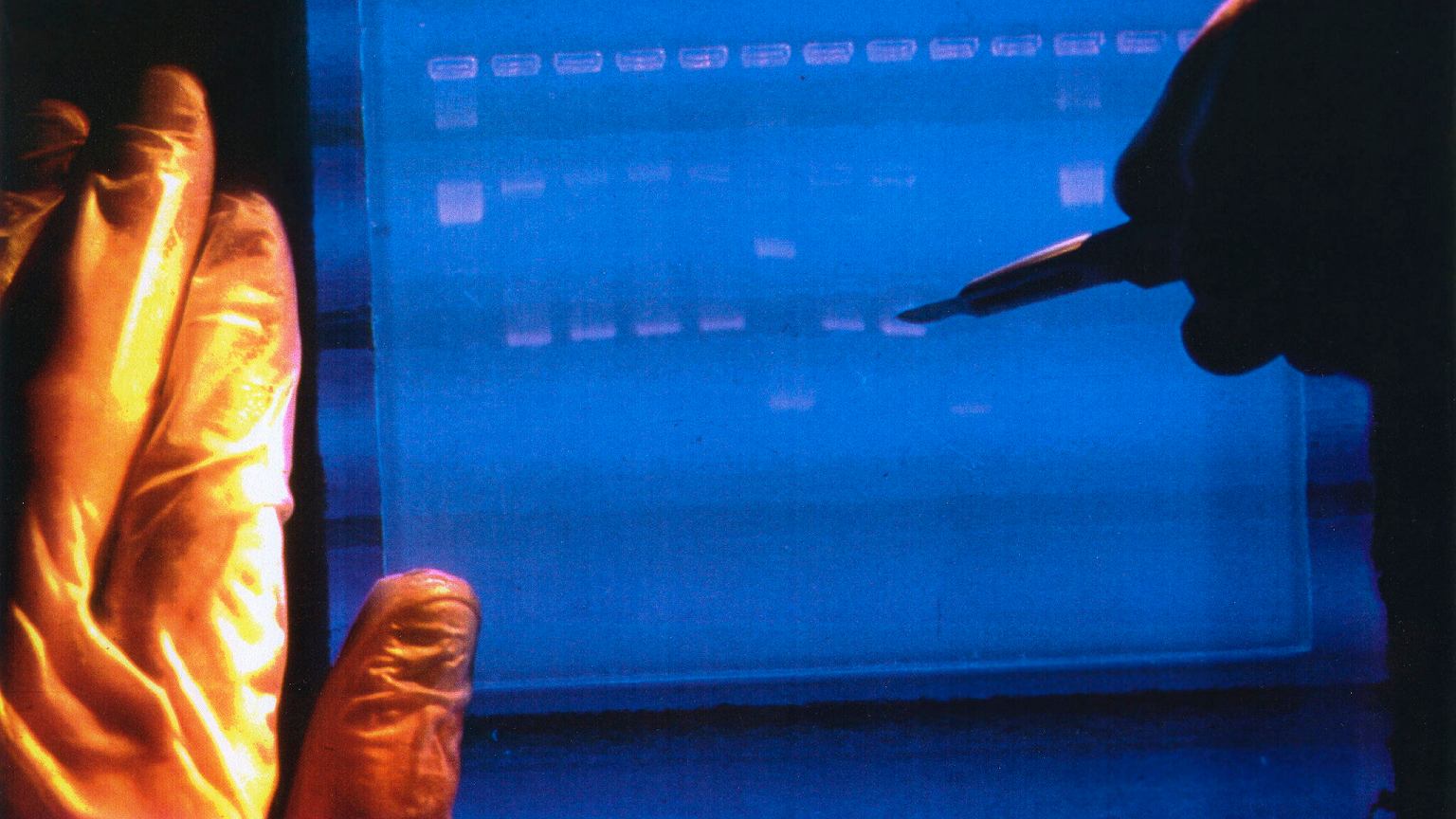We are therefore dealing with the first attempt ever to estimate the frequency of tunneling in nature. This is a major achievement, as the purely theoretical calculations that existed until now were considered highly uncertain. However, as it turns out, although skepticism about science is very healthy, this time observational data seems to confirm previous theoretical calculations. One thing is certain, tunneling occurs extremely rarely, about once in a hundred billion cases.
Quantum tunneling is one of the best proofs that the world is not as simple as it may seem. Classical physics is able to fairly accurately describe the phenomena and processes occurring in the world around us. However, there is a certain part of reality that the principles of classical physics cannot describe, and even more so, which is in direct contradiction to the principles of classical physics.
Read also: Does a wormhole in a laboratory seem like a fantasy? Well, the first steps are already behind us
In this particular case, we are dealing with subatomic particles that have a certain energy, and they encounter a barrier on their way, which requires energy greater than the energy of the particle to cross. According to the principles of classical physics, a particle that does not have enough energy is unable to penetrate such a barrier. However, it has been shown that occasionally – on average once every hundred billion times – a particle with an energy lower than that of the potential barrier is able to penetrate it anyway.
How is this possible? According to scientists, this is due to the wave and particle nature of objects such as electrons. While a typical particle would not be able to penetrate a potential barrier, a wave can sometimes do so.
W Scientific material We can read, published by physicists from the University of Innsbruck, about a successful attempt to measure the interactions that occur between a hydrogen molecule and a deuterium anion. The study's authors acknowledge that this is the slowest interaction observed to date involving a charged particle.
The chemical reaction that scientists study involves a transformation between a hydrogen molecule consisting of two hydrogen atoms and an atom consisting of a proton and a neutron around which two electrons are orbited. After the reaction is complete, one component of the molecule contains a neutron, and the other, which is still negatively charged, has no neutrons.
It is worth noting here that such events often occur on a cosmic scale. This is because hydrogen is the most abundant element in the universe. However, the chances of a hydrogen molecule meeting deuterium are very small. Moreover, if we are to have any hope of modeling more complex cases of quantum tunneling, we must first rely on measurements of much simpler examples.
But how do we measure such rare events? Scientists from Innsbruck experimentally tested the frequency of such events by filling the trap with a mixture of deuterium ions cooled to 10 K (heated by collisions to 15 K) and hydrogen gas. At these temperatures, transport would be classically impossible, but the presence of negatively charged hydrogen ions after 15 minutes demonstrated that such events do occur, even if they are rare.
The conclusions of the experiment were as follows: A tunneling event occurs once in a hundred billion times when a deuterium anion collides with a hydrogen molecule. This is a small value, but we must remember that even a small volume of gas contains many billions of molecules. So just add the right amount of deuterium and tunneling will happen every now and then. At first glance, making such a measurement may seem simple. The idea for the experiment was developed 15 years ago, but tunneling is so rare that creating a suitable experiment in which to measure it would require significant effort.

Echo Richards embodies a personality that is a delightful contradiction: a humble musicaholic who never brags about her expansive knowledge of both classic and contemporary tunes. Infuriatingly modest, one would never know from a mere conversation how deeply entrenched she is in the world of music. This passion seamlessly translates into her problem-solving skills, with Echo often drawing inspiration from melodies and rhythms. A voracious reader, she dives deep into literature, using stories to influence her own hardcore writing. Her spirited advocacy for alcohol isn’t about mere indulgence, but about celebrating life’s poignant moments.









